Underground mining
Introduction
Underground mining is a technique used to access ores and valuable minerals in the ground by digging into the earth to extract them. This is in contrast to open-pit mining, where the surface layers of ground are scooped away to reveal mineral deposits. Underground mining is more complex and requires more technical expertise and equipment as it is less visible and not straightforward like open-pit mining.
Types of Underground Mining
There are several types of underground mining, classified by the type of ore being extracted. These include, but are not limited to, hard rock mining, soft rock mining, and highwall mining.
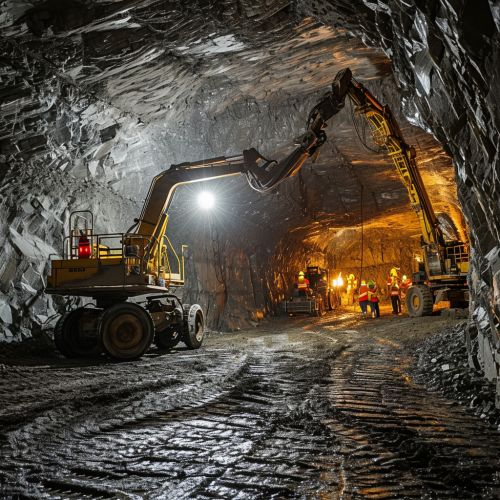
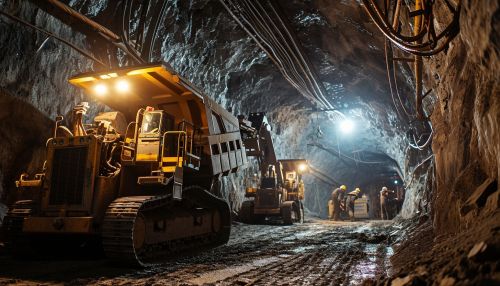
Hard Rock Mining
Hard rock mining is used to extract ore that is encased in rocks such as gold, copper, zinc, and lead. The process begins by drilling a hole into the rock, then placing explosives inside to break up the hard rock. The miners then remove the broken-off material and process it to remove the valuable minerals.
Soft Rock Mining
Soft rock mining refers to excavation of softer minerals such as salt, coal, or oil sands. In this type of mining, miners use different methods like room and pillar, longwall mining or sublevel caving.
Highwall Mining
Highwall mining is a method of mining that originated from auger mining. The method differs in that continuous miners, instead of augers, are used to bore an entry adjacent to the coal seam of a highwall left behind in an open cut mining operation.
Underground Mining Methods
There are numerous methods of underground mining that can be implemented, depending on the mineral being mined and the nature of the deposit. These include block caving, cut and fill mining, sublevel open stoping, and others.
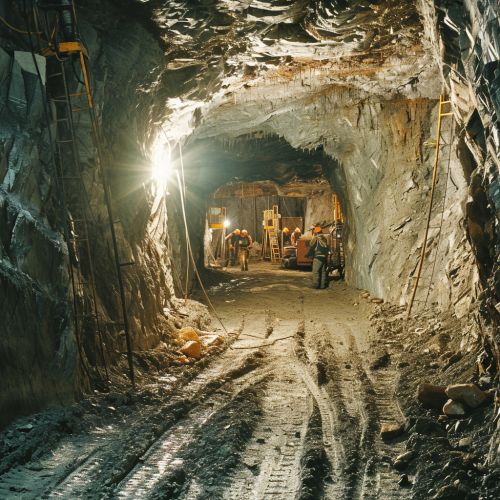
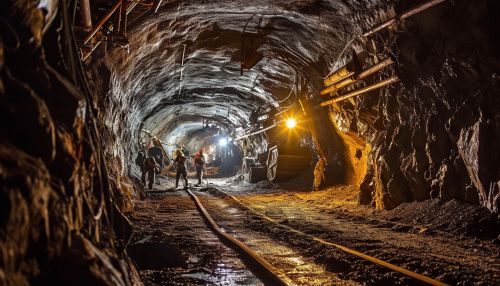
Block Caving
Block caving is a method of underground mining used for the extraction of massive, low-grade ore bodies. In block caving, a large section of rock is undercut, creating an artificial cavern that fills with its own rubble as it collapses. This broken ore falls into a pre-constructed series of funnels and access tunnels underneath the broken ore mass.
Cut and Fill Mining
Cut and fill mining is a method of underground mining that involves building up the tunnel wall while digging into the earth. This method is often used in areas where the ore body is irregular or in narrow veins.
Sublevel Open Stoping
Sublevel open stoping is a method of underground mining that involves drilling a series of downward holes in the ore body from a series of sublevels, then blasting the ore into an open stope.
Safety in Underground Mining
Safety is paramount in underground mining. The industry has developed numerous safety measures and protocols to protect workers. These include ventilation, dust control, noise control, and emergency evacuation procedures.
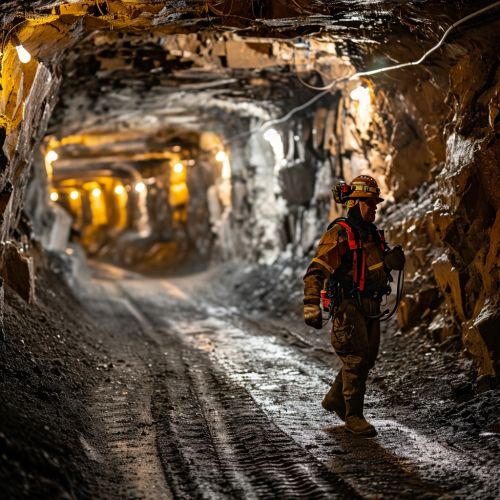
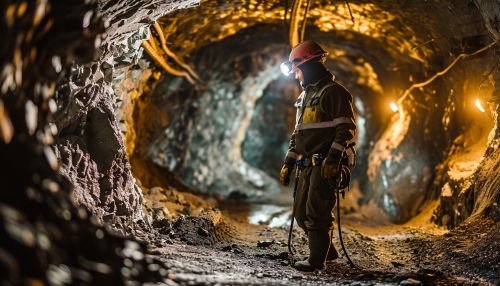
Ventilation
Ventilation is a crucial component of underground mining operations. Proper ventilation ensures that workers have enough fresh air to breathe and helps to control the temperature in the mine. It also helps to remove dust and other harmful gases that can accumulate in the mine.
Dust Control
Dust control is another important aspect of safety in underground mining. Excessive dust can lead to respiratory problems for workers and can also contribute to accidents by reducing visibility.
Noise Control
Noise control is a major issue in underground mining. High noise levels can lead to hearing loss for workers and can also create a dangerous work environment by masking other sounds that could signal danger.
Emergency Evacuation
Emergency evacuation procedures are crucial in underground mining. In the event of a fire, explosion, or other emergency, workers need to be able to quickly and safely exit the mine.
Environmental Impact of Underground Mining
Like all mining operations, underground mining can have a significant impact on the environment. The environmental impact can include erosion, habitat destruction, and water pollution.
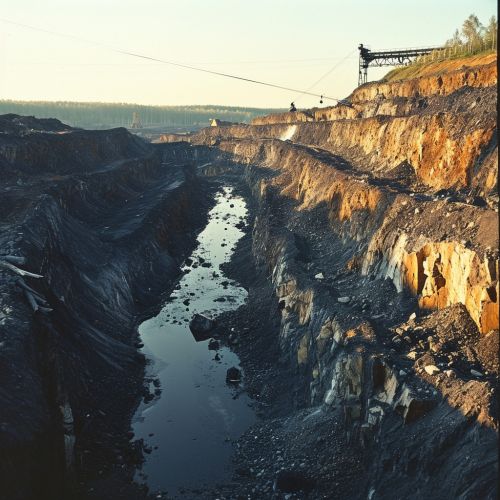
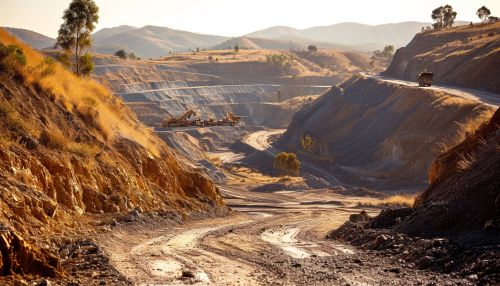
Erosion
Erosion can occur when the earth is disturbed during the mining process. This can lead to changes in the landscape and can harm local ecosystems.
Habitat Destruction
Habitat destruction can occur when mining operations change the landscape. This can lead to the loss of habitat for local wildlife and can have a significant impact on biodiversity.
Water Pollution
Water pollution can occur when chemicals used in the mining process leach into local water sources. This can harm local wildlife and can also contaminate drinking water supplies.
